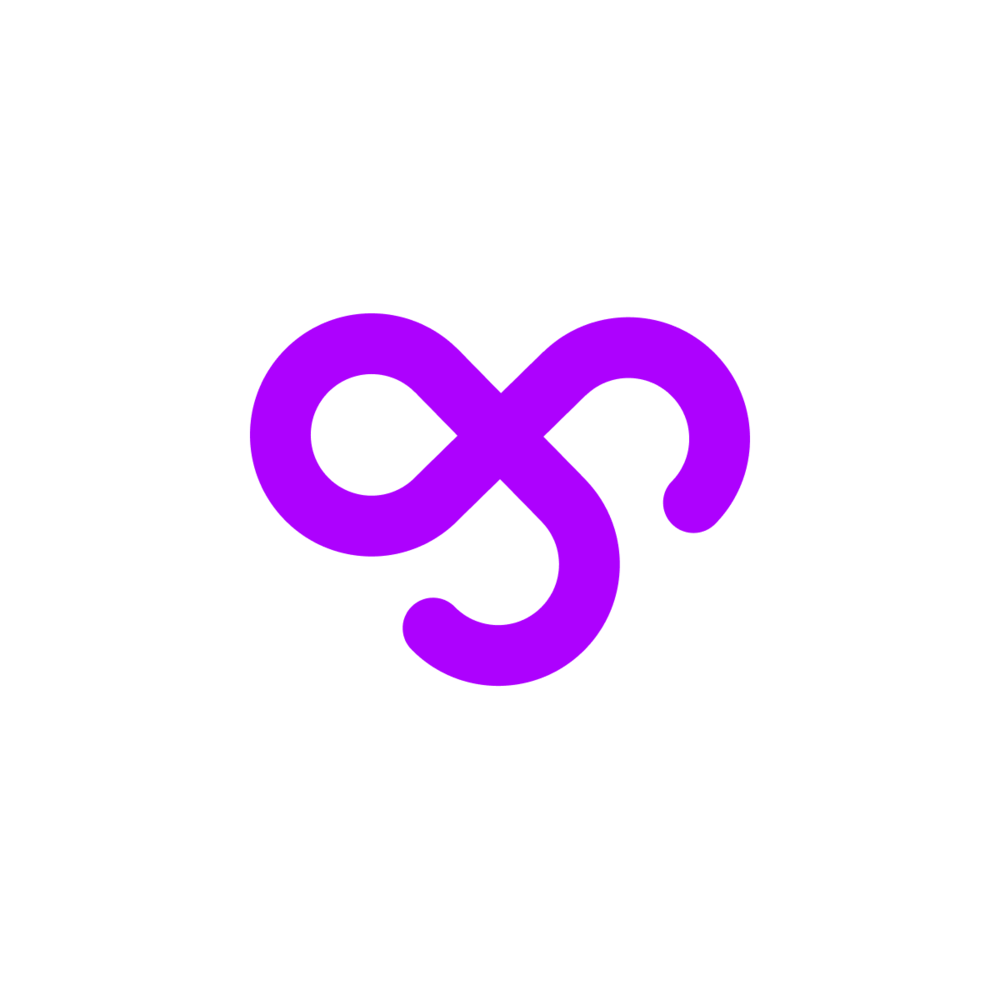Design Sprint
Bread Financial: 5 Days
Challenge
”How might we quickly align stakeholders on product features and user needs so the team can start building a solution on time?”
Measurement
”We’ll know we’re successful if we validate an MVP prototype with users and share their feedback with stakeholders by the end of the week.”
My Contributions
Design sprint planning and facilitation, wireframes, prototype, user interviews & observation, and data analysis.
Choose a method to fit project constraints.
One of the first things I learned about the project was its quick timeline: business leaders and stakeholders wanted to get an MVP in the hands of clients right away. To quickly get the team aligned on what they wanted to build and validate it with users, I recommended a five-day design sprint.
Plan with teamwork for a successful sprint.
Working with the product owner, we invited team leaders and subject matter experts from around the company to participate in a design sprint. A couple of days before the sprint began I shared the design sprint process and what everyone’s role would be so we could hit the ground running.
Day 1: Make a map and choose a target.
On Monday the team outlined the project scope and identified which parts to test with real users during the design sprint.
Long term goal: if everything goes right
Challenges: what could go wrong
Map: how to reach the goal
Ask the experts: share domain knowledge
Target: pick a map point to solve
Recruit: users to test with on Thursday
The team chose to focus on managing reports, issues and marketing collateral for the design sprint.
Day 2: Sketch and discuss competing solutions.
For Tuesday I added in a team site map exercise, then split everyone up into smaller three-person teams to sketch out critical tasks as wireframes on the whiteboard.
Remix and improve: existing ideas to inspire
Sketch: everyone draws ideas
Critique: discuss the merit of ideas
Decide: pick an idea to execute
Storyboard: plan prototype screens
Mini-teams envisioned how a specific feature might work and established their biggest question to answer with testing.
Day 3: Build a realistic prototype.
Using the team whiteboard drawings, I spent all of Wednesday creating static hi-fi wireframes in Sketch and building a clickable prototype with InVision.
Wireframes: create hi-fi screens
Prototype: wire screens together
Script: create an interview guide
Day 4: Test the prototype with real users.
On Thursday we tested the prototype with five users who were recruited earlier in the week, recording each session to share with team members who weren’t able to observe in real-time.
Practice: revise interview guide and screens
Observe: learn by watching users
Interview: learn by asking questions
Remote live testing gave us the ability to recruit & schedule quickly, observe users with the prototype and ask them questions.
Day 5: Regroup and share test findings.
We brought the design sprint team back together for a couple of hours on Friday to share insights from user testing.
After reviewing test recordings, documenting additional questions to answer and having some tasty homemade snacks, the team felt they were in fact building the right features for clients and now had the confidence to move forward with writing formal requirements.
Impact
With very little time to prepare, I was able to help plan and facilitate “organized chaos” with some pretty strong personalities - which I feel really good about. More importantly, it created project momentum and expedited a conversation that normally took teams four or five weeks to have.
The team aligned on the scope for an MVP
UX used the prototype as a reference to build a Salesforce proof-of-concept
Business owners were now confident proceeding with the project
That said, there are always ways to improve and this design sprint was no exception. By adding a site map exercise to Tuesday’s agenda, we lost time at the end of the day when teams were discussing the merit of their ideas… and that, in turn, made translating the ideas into wireframes much more difficult on Wednesday. I would also ask for more help creating wireframes so I didn’t have to work so late the night before user testing (lots of coffee that morning).












